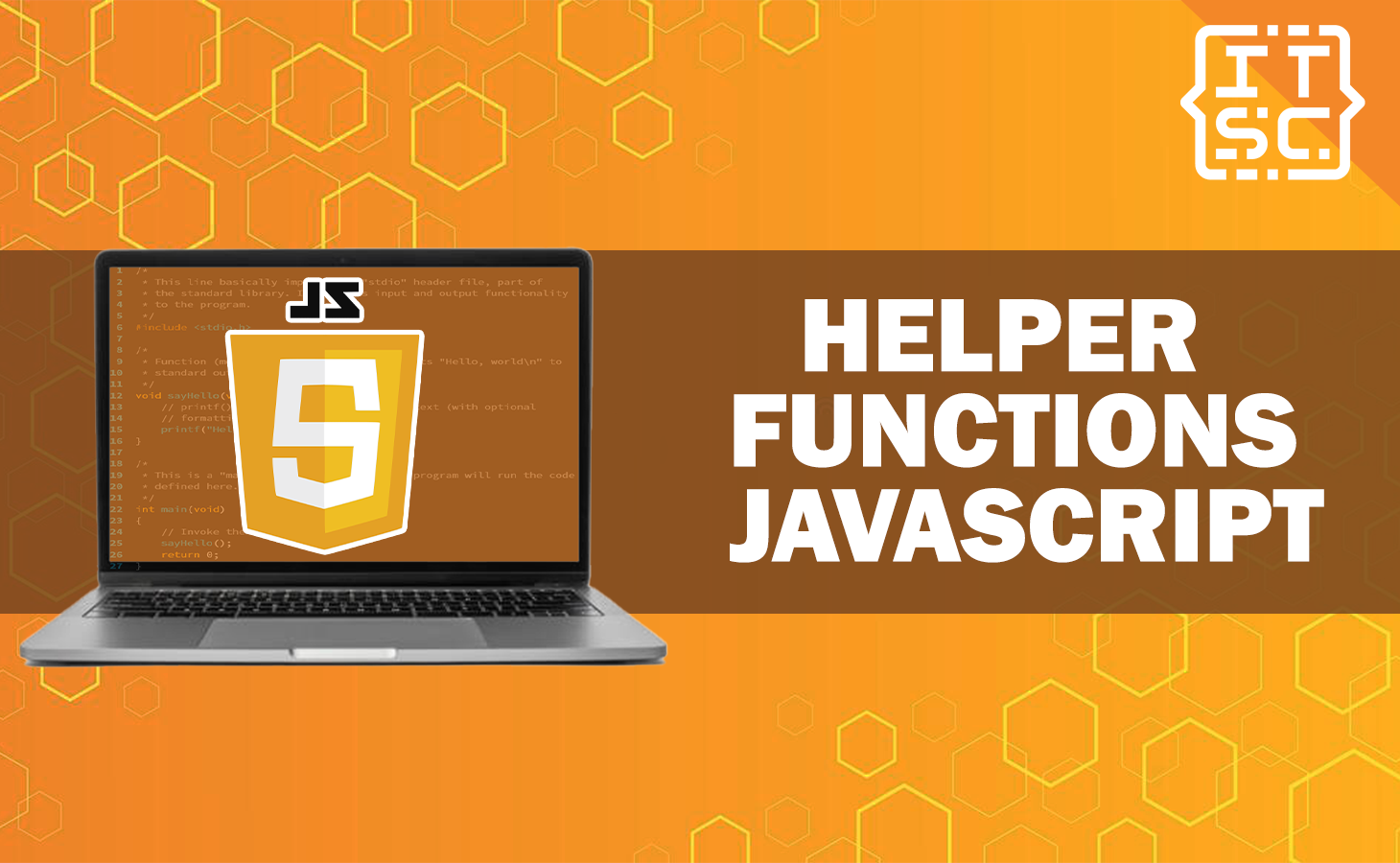In this article, you are going to learn how to create helper function in JavaScript, exploring what they are, and why they are essential.
One of the key features that make JavaScript so powerful is its ability to create helper functions.
These functions simplify code, promote reusability, and improve overall code readability.
By the end, you will have the knowledge and confidence to use helper functions in your JavaScript projects effectively.
How to Create Helper Function in JavaScript?
JavaScript functions are blocks of reusable code that can be called and executed when needed.
Helper functions, also known as utility functions, are a specific type of function designed to perform a single task or a small set of related tasks.
They are valuable in organizing code and making it more manageable. Let’s walk through the process of creating a helper function step by step:
Also read: How to Bold Text in JavaScript?
Define a Clear Purpose
Before writing any code, it’s important to identify the purpose of your helper function.
What specific task should it perform? Clearly defining the function’s purpose will help you create a function that is focused and effective.
Choose an Proper Name
Select a descriptive and precise name for your helper function.
The name should reflect the function’s purpose and provide a clear indication of what it does.
This makes your code more readable and understandable to other developers.
Declare the Function
In JavaScript, you can declare a function using the function keyword, followed by the chosen name and a set of parentheses.
For example:
function calculateTotalPrice(itemPrice, quantity) {
// Function code goes here
}
Define Parameters
If your helper function needs input values, you can define parameters within the parentheses.
Parameters act as placeholders for the values you will pass when calling the function.
In our example, itemPrice and quantity are parameters.
Write Function Code
Inside the function’s curly braces, write the code that performs the desired task.
This is where the actual work happens. For instance, in our calculateTotalPrice function, you would write code to calculate the total price based on the item’s price and quantity.
Return a Value
If you are helper function needs to produce a result, use the return keyword to define what value the function should return.
This is optional; not all helper functions need to return a value.
Call the Helper Function
To use your helper function, call it by its name and pass the required arguments (if any).
For example:
const totalPrice = calculateTotalPrice(46, 13);
In this example code, the calculateTotalPrice function is called with an item price of 46 and a quantity of 13, and it returns the total price, which is stored in the totalPrice variable.
Reuse as Needed
The beauty of helper functions is their reusability. You can call the same function several times throughout your code, making it easy to perform the same task without duplicating code.
Frequently Asked Questions
Helper functions in JavaScript are specialized functions designed to perform a specific task or set of related tasks. They are used to improve code organization, readability, and reusability.
Helper functions is important because its improve code organization by breaking down complex tasks into smaller, manageable units. They also promote code reusability, making it easier to maintain and update codebases.
Yes, JavaScript helper functions can return multiple values by using data structures like objects or arrays to bundle the results. This enables you to pass multiple values from the function back to the calling code.
No, helper functions are a programming concept used in many programming languages, not just JavaScript. They are a valuable tool for code organization and reusability in various contexts.
Conclusion
Creating helper functions in JavaScript is a basic skill that every developer should master.
These functions improve code program, readability, and reusability, leading to more effective and maintainable program.
By following the steps outlined in this article and keeping the best practices in mind, you can apply the full potential of JavaScript helper functions in your web development projects.
Remember, mastering JavaScript is a journey, and learning to use helper functions is a significant milestone along the way.

